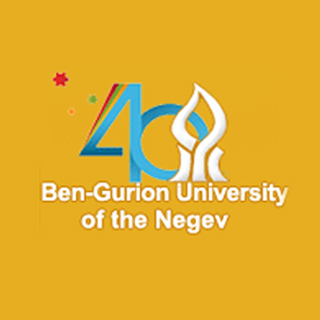
Well, a scientist from Ben-Gurion University of the Negev, Dr. Dorit Ben Shalom has labeled a novel, incorporated understanding of Autism Spectrum Disorders (ASD).
This supposedly makes it simpler to comprehend both the commonalities and differences between ASD and other conditions like Attention Deficit Hyperactivity Disorder (ADHD). Dr. Dorit Ben Shalom apparently suggests a standardized tactic to asses and tackle the four general issues linked to ASD, which she deems to be connected by a common brain structure/brain function link concerning the medial prefrontal cortex.
Dr. Ben Shalom of Ben-Gurion University’s Zlotowski Center for Neuroscience, in Beer-Sheva, Israel, commented, “The main criterion defining Autism Spectrum Disorders is difficulty in emotional-social behavior. Nevertheless, many people with ASD have some difficulties in three other domains — memory, perception and motor behavior.â€
This system could make it feasible to examine predictions about the positions of these brain networks. One can now observe how they run in a different way in individuals suffering from ASD and how to use this information to devise interventions and compensatory plans.
As per the U.S. National Institute of Mental Health, ASD is believed to be more prevalent in the pediatric population as compared to other disorders, like diabetes, spinal bifida or Down syndrome. A new study of a U.S. metropolitan region approximates that around 3.4 of every 1,000 children between 3 and 10 years-old apparently suffer from Autism.
The findings were published in The Neuroscientist.
